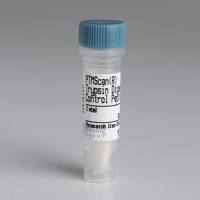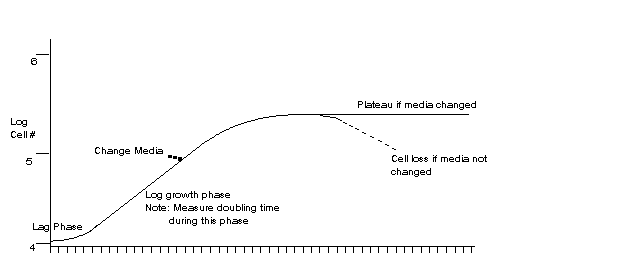Metabolomic Analysis of Ocotea odorifera Cell Cultures: A Model Protocol for Acquiring Metabolite Data
互联网
300
Metabolomics constitutes a quantitative and qualitative survey of the whole metabolites of an organism as well as a tissue,
reflecting the genome and proteome of a sample as analyzed. Advanced analytical spectroscopic and chromatographic techniques
are used along with uni- or multivariate statistical data analysis, rapidly identifying up- or down-regulated metabolites
in complex matrices. In this chapter, protocols for the analysis of target compounds
(protocol I) and metabolomics
(protocol II) of Ocotea odorifera
cell cultures are described. In the first case, the target compound safrole, an aromatic ether used as a flavoring agent
and also in the manufacture of insecticides, is analyzed in the organosolvent fraction of stable prototrophic cell lines of
O. odorifera
by gas chromatography-mass spectrometry. For metabolomics studies the protocol is designed to detect and quantify metabolites
in the aqueous extract of O. odorifera
cell lines by using high-resolution 1D- and 2D-nuclear magnetic resonance spectroscopy, followed by chemometric analysis
of the 1H NMR spectra dataset. Protocol I has been successfully used, for example, in screening studies of cell lines able
of producing safrole. Protocol II is suitable to detect the chemical features of a number of metabolite compounds in aqueous
extracts of O. odorifera
cell lines cultured under certain conditions, leading to new insights into metabolomics of that species.









